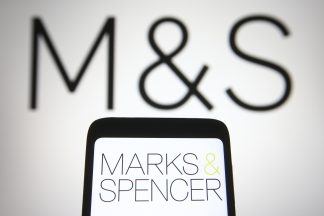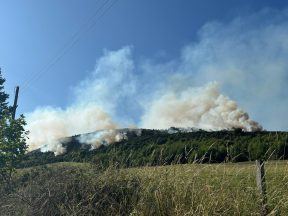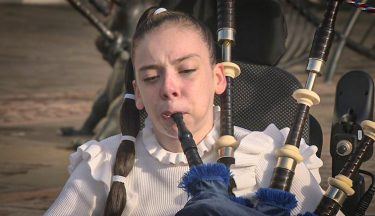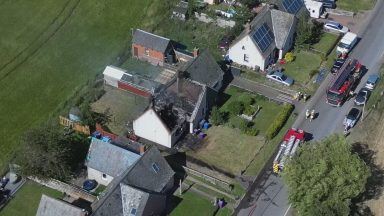A jury has retired to consider its verdict against a man accused of making a post on social media threatening the assassination of the First Minister.
William Curtis, 70, is on trial accused of sending threatening messages to Nicola Sturgeon and sending or causing a threatening message to be sent to former MSP Stewart Stevenson.
Curtis and another man, Philip Mitchell, 60, are also accused of assaulting and abducting a sheriff in a car park in Banff, Aberdeenshire, in June 2021.
Both men deny the charges and Curtis has lodged a special defence of incrimination, claiming someone else committed the allegations involving Stevenson.
Lord Weir gave his directions to the jury on Thursday, telling them: “You reach your verdict on the basis of evidence you have heard.
“You must decide the case based on the evidence.”
Curtis is accused of behaving in a threatening or abusive manner which was “likely to cause a reasonable person to suffer fear or alarm” by sending an email and posting messages on social media in which he made threatening remarks towards Sturgeon on various occasions between February 27 and March 6, 2019.
During the trial, advocate depute Chris McKenna read out a Facebook post from an account in the name of “William Patrick Curtis” that was flagged to Sturgeon’s office manager John Skinner on March 6, 2019.
It read: “We have reason to believe while it is my intention to citizens (sic) arrest her (Sturgeon) to answer her treason, over the last three years, serious people who feel the abuse to the electorate by her criminal activities warrants assassination of her and sevreal (sic) of her ministers, on down to even civilians who work in all these agenices (sic) who have repeatedly lied to the electorate and conspired with the First Minister.”
Alyson Gould, who was Curtis’s partner in March 2019, told the court he had a Facebook account in the name of “William Patrick Curtis” with a profile picture showing him holding a cup of tea.
Prosecutor Chris McKenna asked her whose Facebook profile the message referencing assassination came from, to which she replied “William’s”.
Asked who posted the message, she said “William”, confirming she was referring to Curtis.
The jury also heard from Mr Skinner, 61, an office manager in charge of checking correspondence to Sturgeon’s private office in Edinburgh since 2014.
Mr McKenna asked Mr Skinner what he made of the phrase “warrant assassination of her”, to which Mr Skinner replied: “To murder the First Minister.”
Curtis is further accused of allegedly sending or causing a message to be sent through social media on March 9, 2019 to Stevenson which threatened him and contained a link to a video relating to the murder of the MP Jo Cox.
The court previously heard a direct message was sent on Facebook to Stevenson from a person called “Carole Curtis” which read: “Your turn is comming (sic) of that you can be sure.”
Curtis is also accused of posting messages of a “threatening and abusive nature” on social media in October 2020.
A charge that he also did so in June 2021 was withdrawn by the Crown and he was acquitted of that allegation.
Curtis and Mitchell are accused of assaulting and abducting sheriff Robert McDonald in Banff on June 29 2021, pulling him to the ground, sitting on top of him and detaining him against his will.
The court heard Mitchell claimed he was performing a citizen’s arrest and had lawful authority to do so.
However in his direction to the jury, Lord Weir said there was nothing supporting this on an evidential basis.
All the alleged offences happened in Aberdeenshire.
Follow STV News on WhatsApp
Scan the QR code on your mobile device for all the latest news from around the country


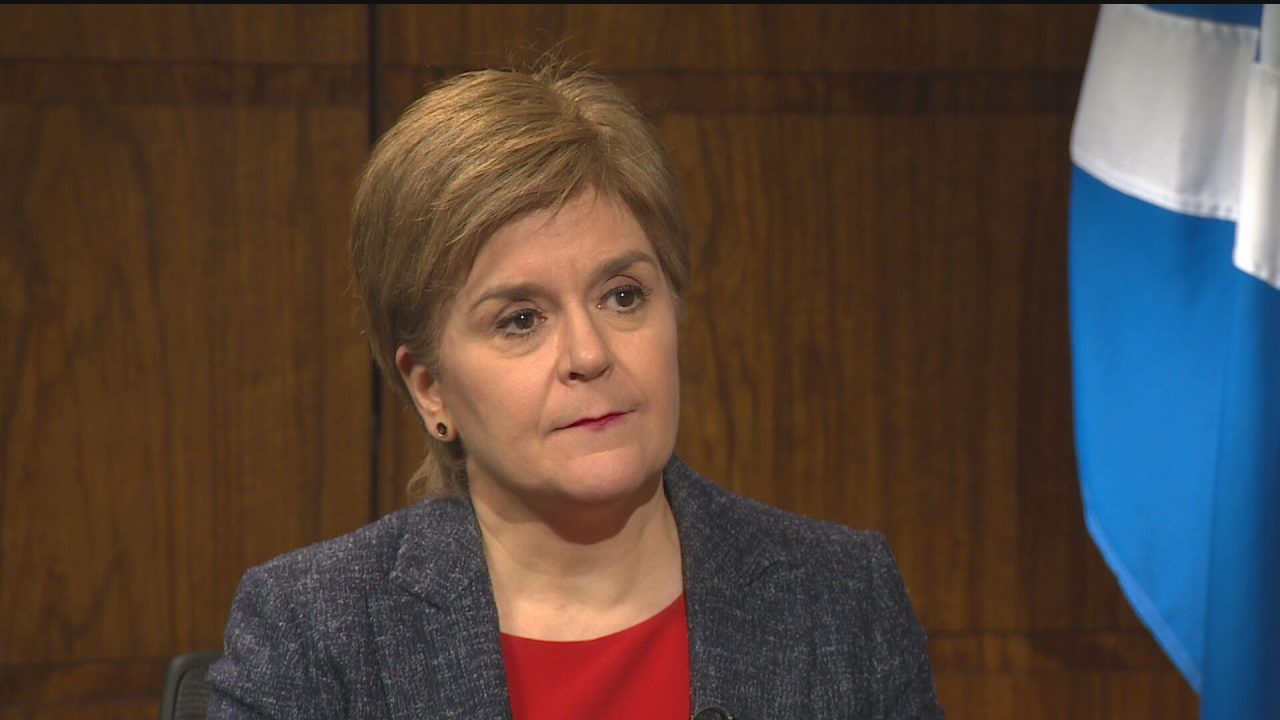 STV News
STV News










